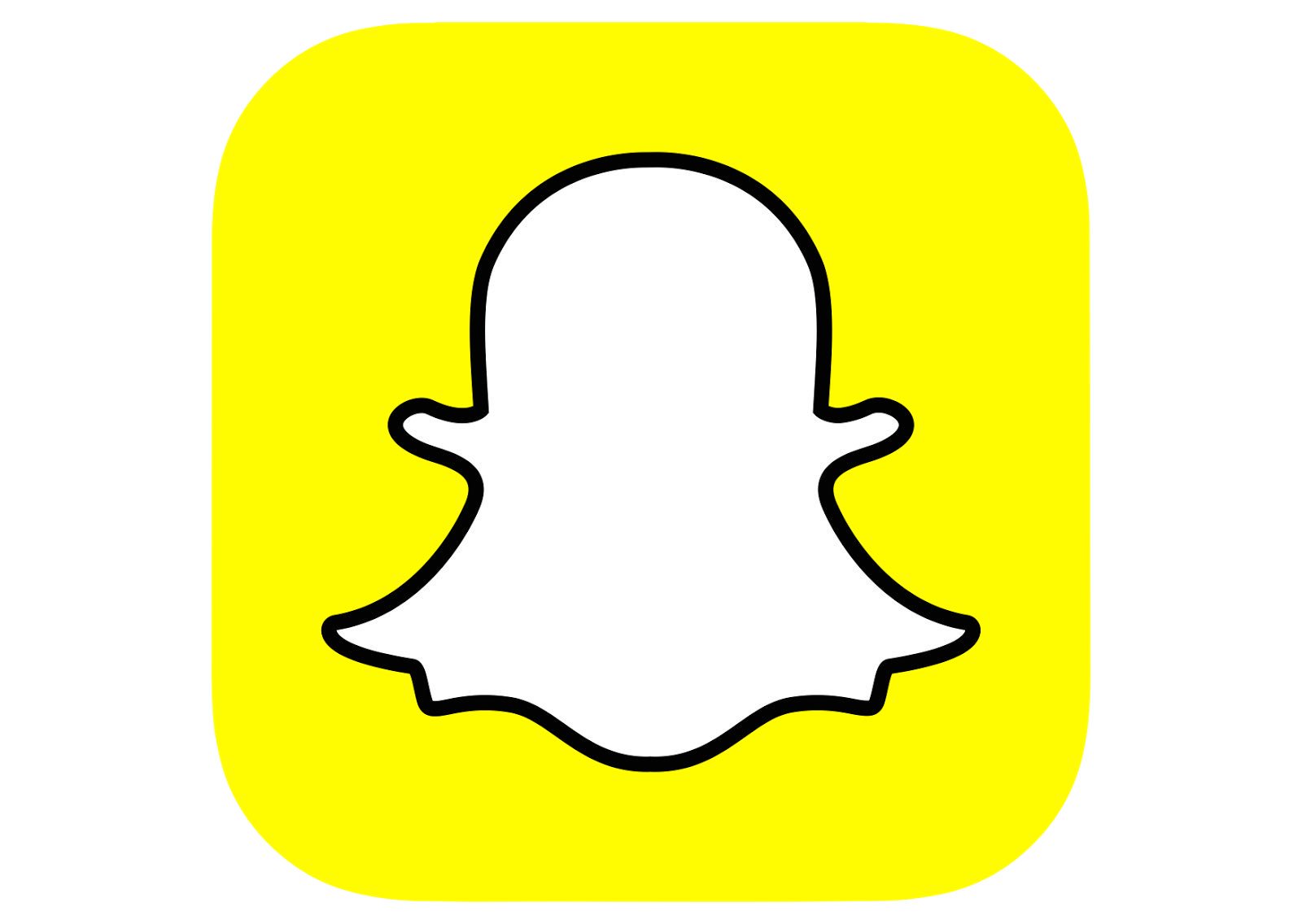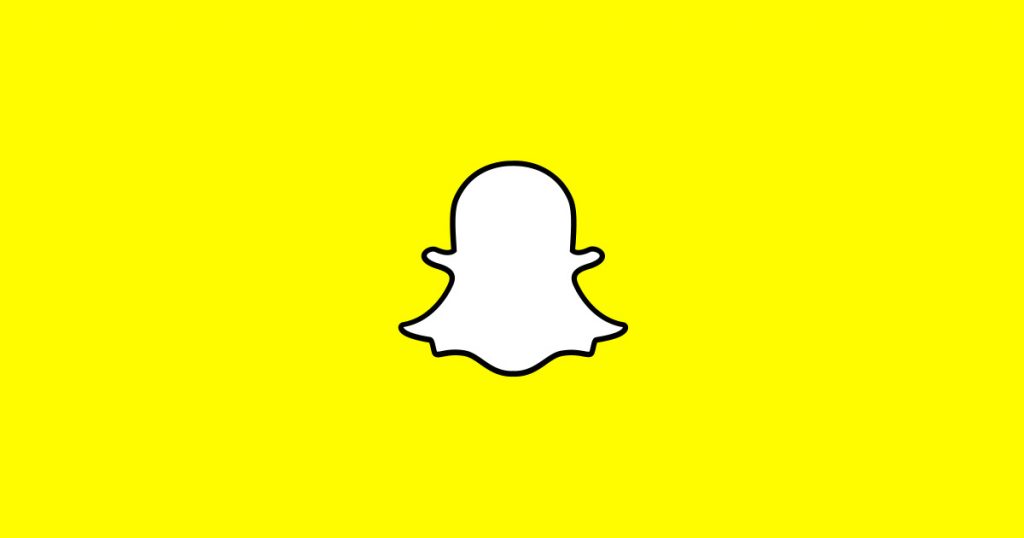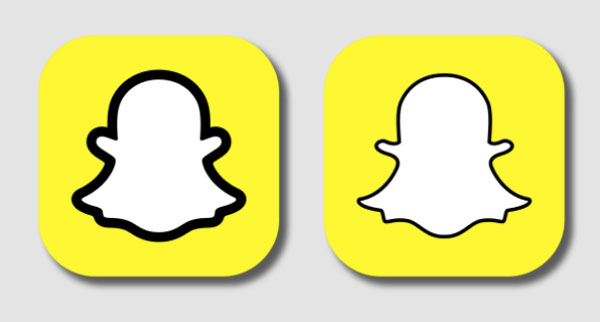
What makes the perfect logo? Bright, distinctive, playful… as any designer will tell you, it is often the simplest of graphics that present the greatest challenge to their creators. Less is more, the adage goes, and never has that rung truer than in our image-saturated digital age. Enter social media app Snapchat, with its immediately recognisable logo, featuring a friendly ghost (reportedly nicknamed “Ghostface Chillah” by founder Evan Spiegel) and a distinctive yellow hue.
Wu-Tang references aside, Snapchat’s ghostly mascot isn’t difficult to decipher. For a brand that ushered in an entirely new form of messaging, whereby photos and videos shared on the platform would disappear after just a few seconds, the ghost makes perfect sense. Here one minute, gone the next, the platform offered a quick, convenient and inconsequential way of staying in touch. Launched in 2011, it couldn’t have come at a more opportune moment.
Unlike Facebook, where a growing number of older people were signing up (parents, and even grandparents, included); Instagram, where the pressure was on to portray a picture-perfect life; and Twitter, where personal and political discourse raged; Snapchat was throwaway, silly and even stupid. That, it turned out, was exactly the point; Snapchat offered an escape route from the frightening testimony of the timeline peddled by its competitors. Time might be marching onwards, it seemed to say, but who’s counting, anyway?

In an age when more of our lives are recorded than any other period in the history of time, Snapchat promised the oblivion that comes with erasure, and the freedom to forget. It was a perfectly attuned representation of our reality, complete with the mess and the mistakes bound up in our day-to-day. It was a prescient approach, and one that has come to the fore in recent years, as Instagram influencers and other brand ambassadors have begun to wake up to the importance of authenticity over unattainable perfection.
Of course, the app’s reflection of our everyday inevitably brought other proclivities to the surface. Its disposable format heralded the age of the sext, with nudes circulating like wildfire, only to disappear upon opening. Snapchat may have developed since its early, carefree days, but the impulses that it revealed paved the way for numerous new dating apps, where no-strings encounters could be arranged in just a few minutes.
With the liberation that this technology brought, the social obligations between newfound partners became frayed. Lovers with little to connect them beyond a brief series of messages and a one-night stand found themselves faced with a simple question: why maintain contact at all? The term “ghosting” was born, and a whole generation of socially-inept men and women were given an escape route from the pains and awkwardness of the breakup conversation. Like Snapchat’s original ghost logo, it became commonplace for a personal relationship to abruptly disappear, as if its earlier incarnation had never really existed at all. Now you see it, now you don’t.
“Snapchat promised the oblivion that comes with erasure, and the freedom to forget”

For all the subliminal influence that Snapchat has had, it is claimed that founder Evan Spiegel came up with the white ghost-shaped figure in just one night, when he was twenty-five years old. Originally, the ghost was given a cheeky cartoon face, but this was removed in later iterations—perhaps in a nod to the growing popularity of minimalistic design over subsequent years. That being said, Snapchat caused something of an uproar amongst its users this August when it updated its logo with a thicker black outline—a move that went against the trend for thin lines and sleek aesthetics peddled by companies such as Apple. Seemingly a minor change, it unleashed a wave of fury, with users threatening to delete the app over its “hideous” logo. Some compared the thicker line to the famously maligned Comic Sans font, but the company argued that the update made the logo easier to spot amidst the crowd of competitors.
Will Snapchat’s success continue into the new decade? Only time will tell, even as new players such as Chinese video-sharing app TikTok break new ground. Snapchat’s immediacy and spontaneity may be overtaken as it attempts to realign and hold the attention of its audience; technology is a fickle business. Platforms like TikTok, Snapchat and Instagram must invariably hold up a mirror to the contemporary moment, reflecting back not just our day-to-day lives but the less tangible ways in which we come together and break apart.





